Why solar cables instead of the regular ones?
- Solar
- July 15, 2020
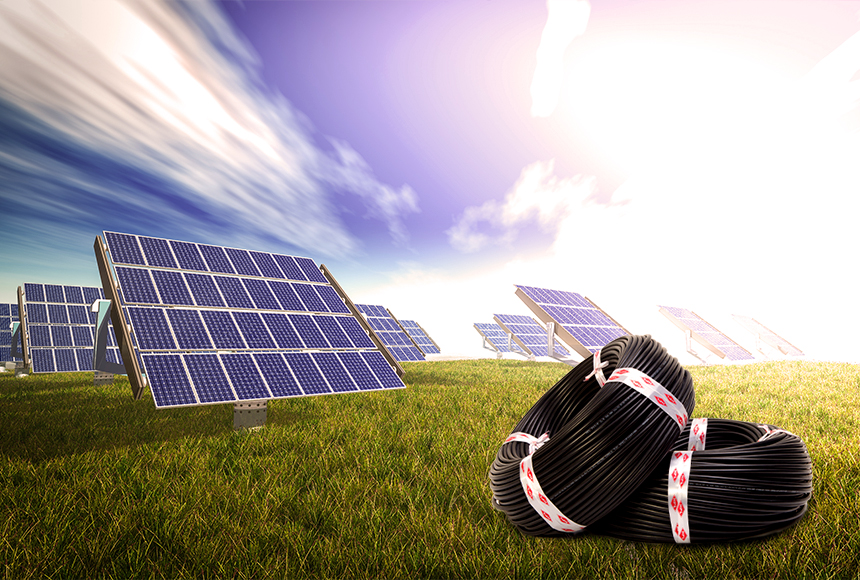
The dawn of the eco-friendly measures to generate electricity in order to prevent environmental degradation has never looked brighter. There are new and safe alternatives to conventional sources of energy being launched every day. Naturally, as a result of this, the solar industry is riding the wave as well since it is one of the cleanest ways to generate electricity. Now anyone who is familiar with the solar techniques of power generation might have come across with the term solar wire or solar cable. And this gives birth to an obvious question being,why solar cable?.
Just like any other energy generating system, the energy is transported off-site and then sent to the power providers and then ultimately customers. And wires and cables are the media through which the transportation of the power takes place. Solar energy systems do no use the regular power cables and wires that we see in our day to day usage and that is for a number of reasons. Solar cables vary from regular cables in various aspects.
The first in line would be the construction variation between solar cables and regular cables. Usually, the solar cables are made out of a single conducting material which would name them ?solar wires? and even in the case of a group of conductors, the multiple wires that are present inside the cable are built in a different fashion. On the other hand, a lot of the cables that are made for regular usage would be clubbed together, thus justifying the term ?cables? and not ?wires?.
The jacketing or the outer layer would be the next one on the list. Since most of the solar energy systems operate outdoors, so does the cables or wires connecting them. And in the case of regular cables, they are usually buried beneath the ground or tucked away inside the walls. This means that regular household or even industrial cables are subjected to substantially less wear and tear while the solar cables have to endure a lot of beating. For this reason, the solar cables are coated with a different material which is much more resistant to the surrounding and thus are rated for much longer use. The regular cables are mostly rated for 8 to 10 years of use but the solar cables are expected to maintain their performance for up to 25 years with only 10% of the drop in the efficiency. Different solar cable manufacturers have their own material that they use to achieve this level of robustness in their cables and are graded as per the same.
The last of the key differences in regular cables and solar cables is the wire gauge, or more specifically AWG (American Wire Gauge) that basically implies the thickness of the wires inside the cable. Generally speaking, the higher the wire gauge of a wire is, the smaller the wires are. Regular cables come in a huge variety of gauges, ranging all the way from 2 to 20, while can still go beyond this range. While on the other side, solar cables are always to transmit a very high amount of energy and thus 10 is the most common gauge for the wires in solar sables.
These are all the primary distinctions between solar and regular cables and which is why they are not interchangeable and are built keeping their intended functionality in mind.
Now if you are in the market for either type of cables, be it regular or solar for your respective domestic or commercial need, HPL is one of the most reliable and established brands to opt for. Since one of the most important characteristic of cables is the high durability and efficient conduction, a brand that is as established with decades of scientific expertise should be on your list and HPL is one such brand. With a broad and diverse catalogue of electrical products including solar and regular cables, HPL has something in store for everyone. All HPL products undergo heavy testing and robust quality checks to ensure that no matter which product catches your attention, it lasts long without any risk of failure or chance of electrical hazards.
Enquire Now
Category
Post
-
 5 Ways to cut your household?s electric bill short12 Jan 2021
5 Ways to cut your household?s electric bill short12 Jan 2021 -
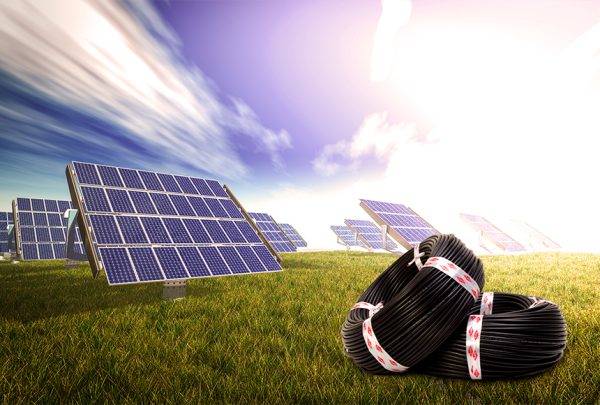 Why solar cables instead of the regular ones?15 Jul 2020
Why solar cables instead of the regular ones?15 Jul 2020 -
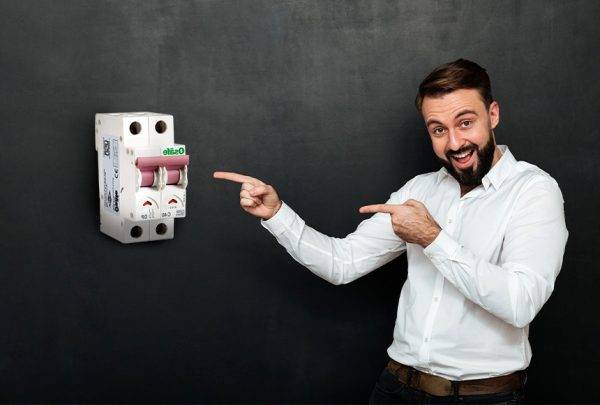 Extend the life of your switchgear09 Jul 2020
Extend the life of your switchgear09 Jul 2020 -
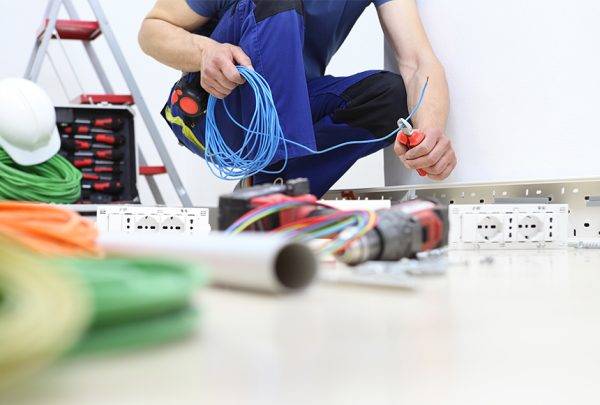 Electrical switches: Types and its importance06 Jul 2020
Electrical switches: Types and its importance06 Jul 2020 -
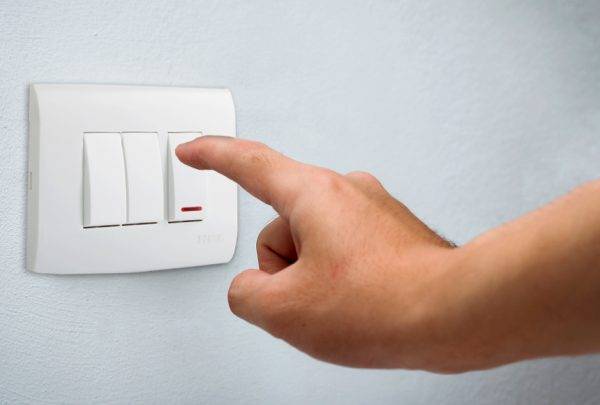 Things to keep in mind before buying Modular Switches and Socket01 Jun 2020
Things to keep in mind before buying Modular Switches and Socket01 Jun 2020 -
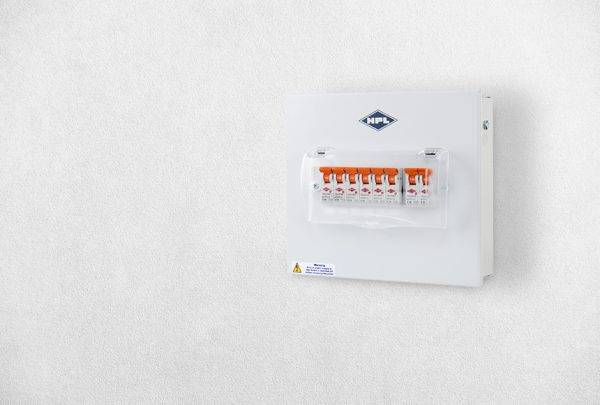 Switch to Intelligent Switchgears01 May 2020
Switch to Intelligent Switchgears01 May 2020 -
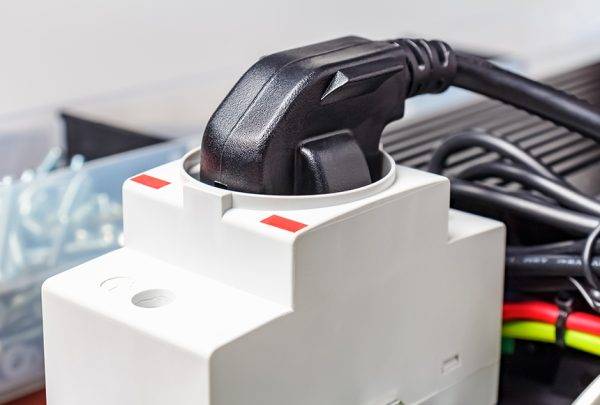 Switches and sockets that do not require attention01 Mar 2020
Switches and sockets that do not require attention01 Mar 2020 -
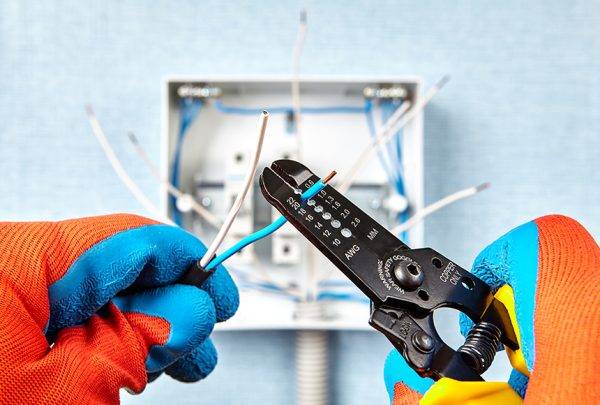 Different types of Circuit breakers01 Feb 2020
Different types of Circuit breakers01 Feb 2020 -
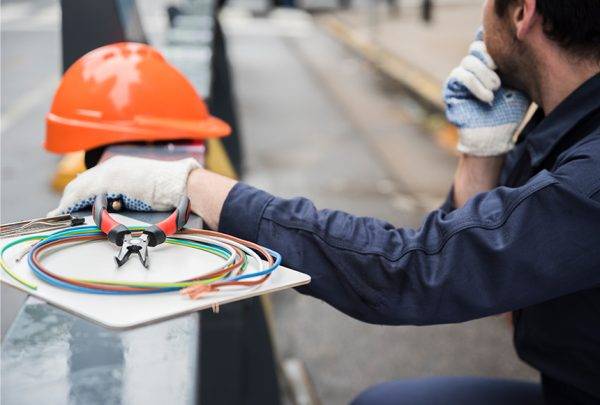 Industrial Wiring and its characteristics01 Feb 2020
Industrial Wiring and its characteristics01 Feb 2020 -
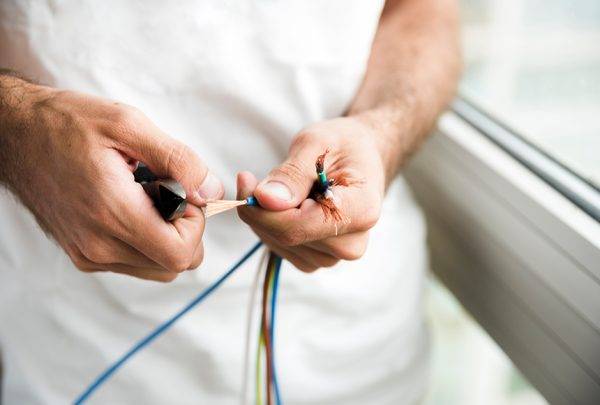 Guidelines for Domestic electrical wiring01 Jan 2020
Guidelines for Domestic electrical wiring01 Jan 2020 -
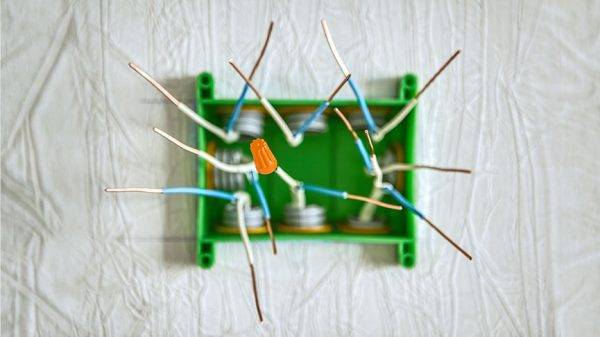 4 Important things about electrical wires that you may not know07 Nov 2019
4 Important things about electrical wires that you may not know07 Nov 2019 -
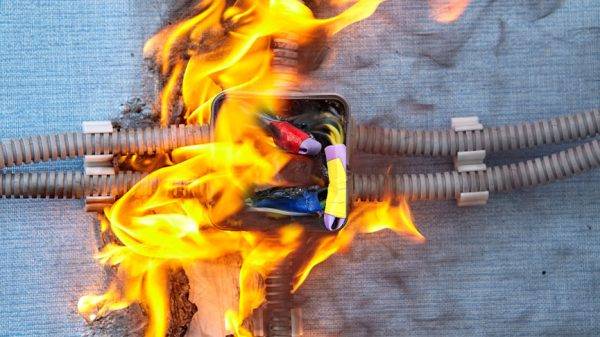 How to avoid electric shocks during monsoon?07 Nov 2019
How to avoid electric shocks during monsoon?07 Nov 2019 -
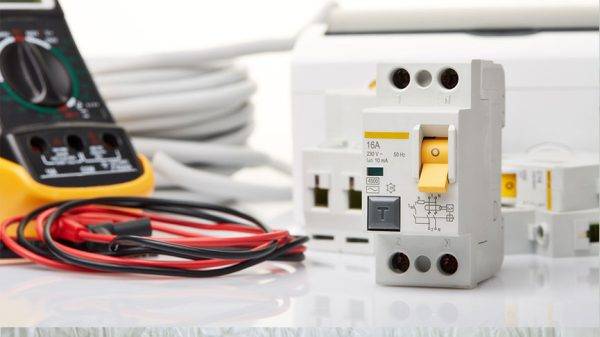 Say no to electrical shocks with quality electrical accessories07 Nov 2019
Say no to electrical shocks with quality electrical accessories07 Nov 2019 -
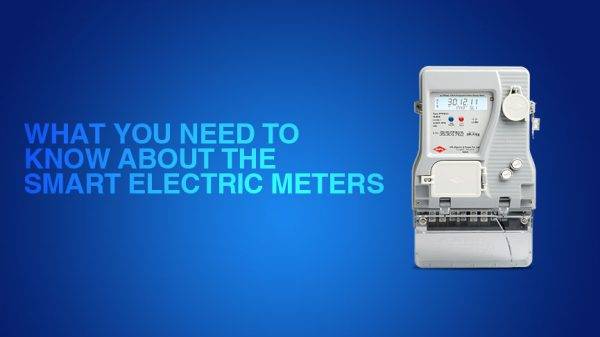 What you need to know about the smart electric wires03 Jun 2019
What you need to know about the smart electric wires03 Jun 2019 -
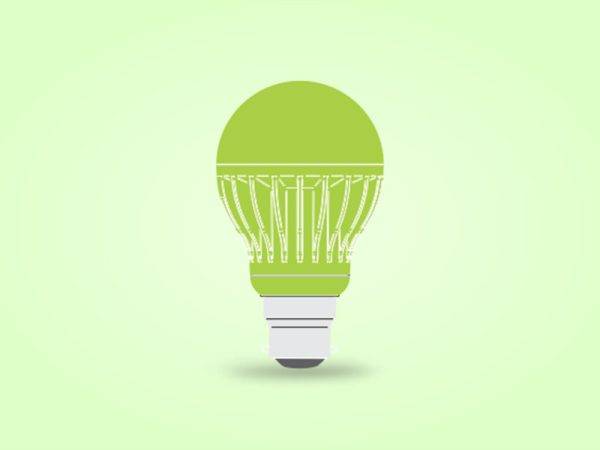 Best Facts About LED Lighting That Everybody Should Know03 Jun 2019
Best Facts About LED Lighting That Everybody Should Know03 Jun 2019 -
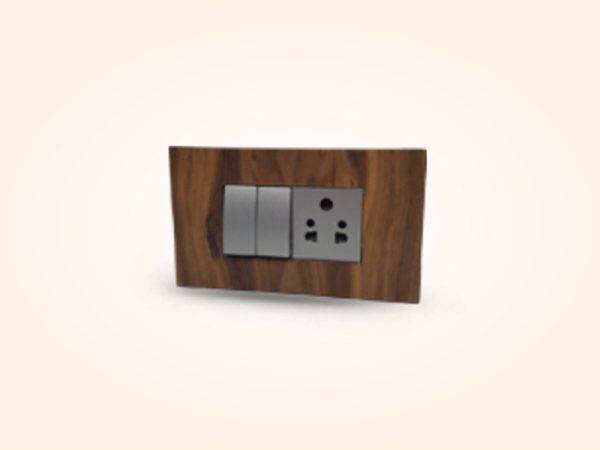 4 Amazing Benefits Of Using Modular Switches03 Jun 2019
4 Amazing Benefits Of Using Modular Switches03 Jun 2019 -
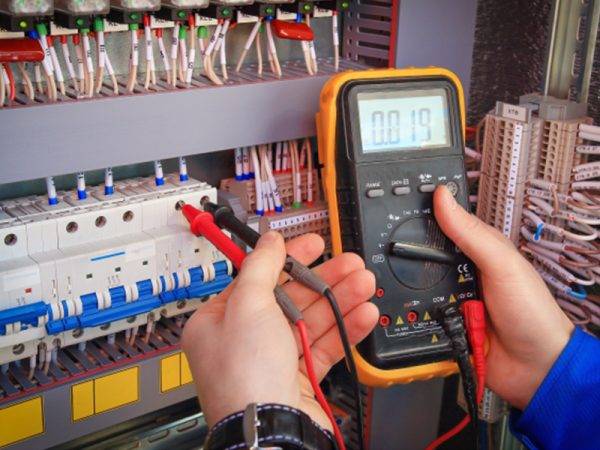 5 Tips To Follow When Opening An Electrical Equipment Manufacturing Company20 Mar 2019
5 Tips To Follow When Opening An Electrical Equipment Manufacturing Company20 Mar 2019 -
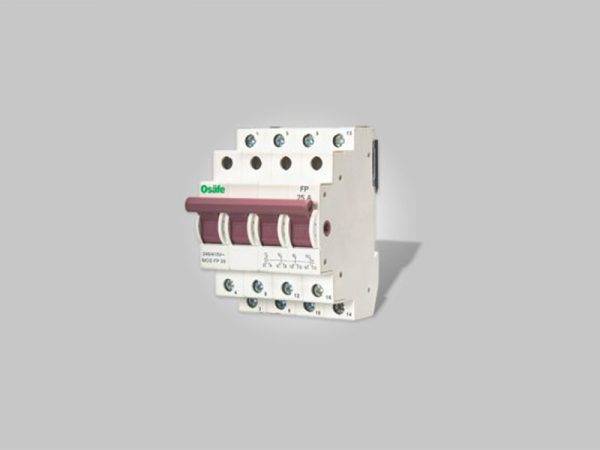 4 Fantastic Reasons To Use Changeover Switches05 Mar 2019
4 Fantastic Reasons To Use Changeover Switches05 Mar 2019 -
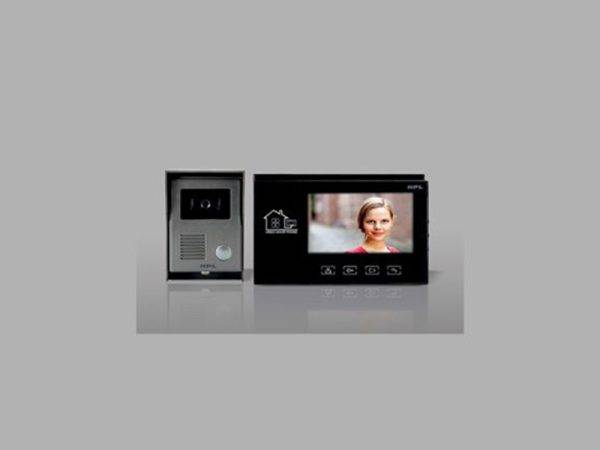 5 Reasons Why Using A Video Door Phone is Beneficial For Your Home05 Feb 2019
5 Reasons Why Using A Video Door Phone is Beneficial For Your Home05 Feb 2019 -
 Common Electrical Hazards in the Workplace14 Jan 2019
Common Electrical Hazards in the Workplace14 Jan 2019 -
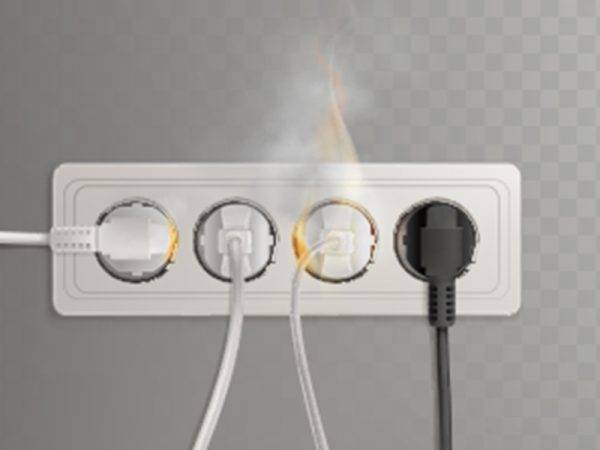 Checklist for Electrical Safety at Home03 Jan 2019
Checklist for Electrical Safety at Home03 Jan 2019

